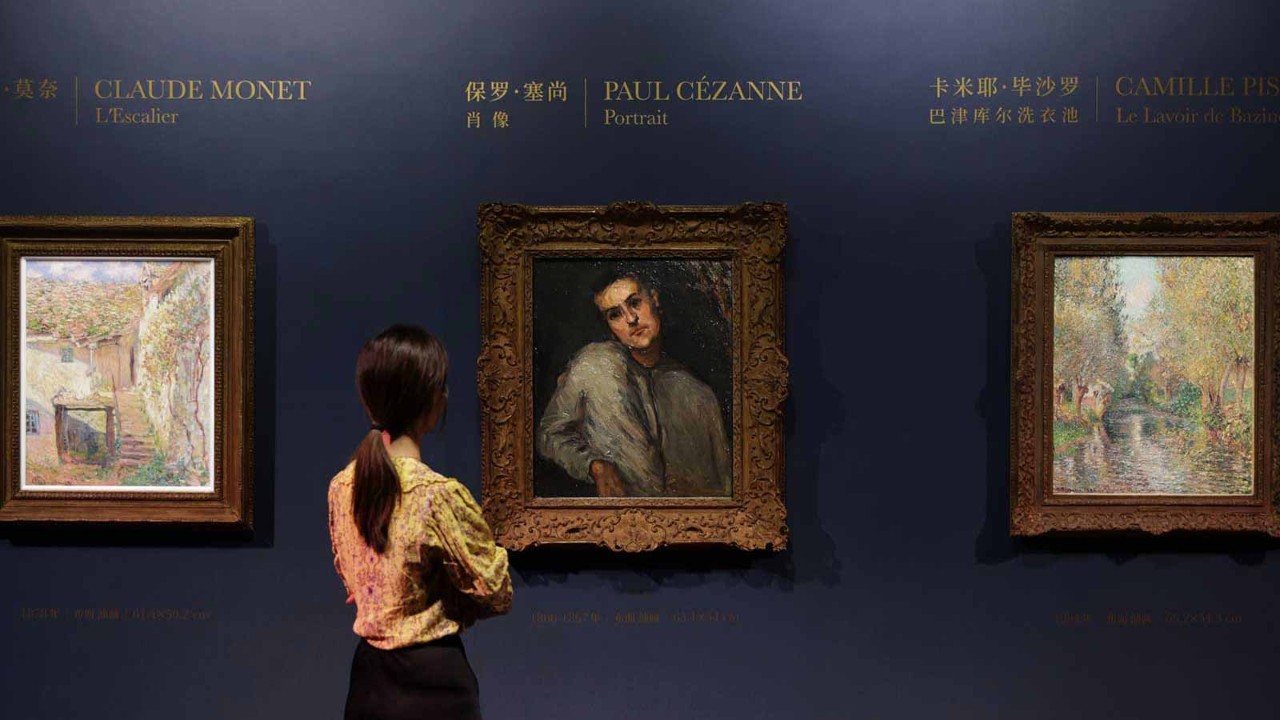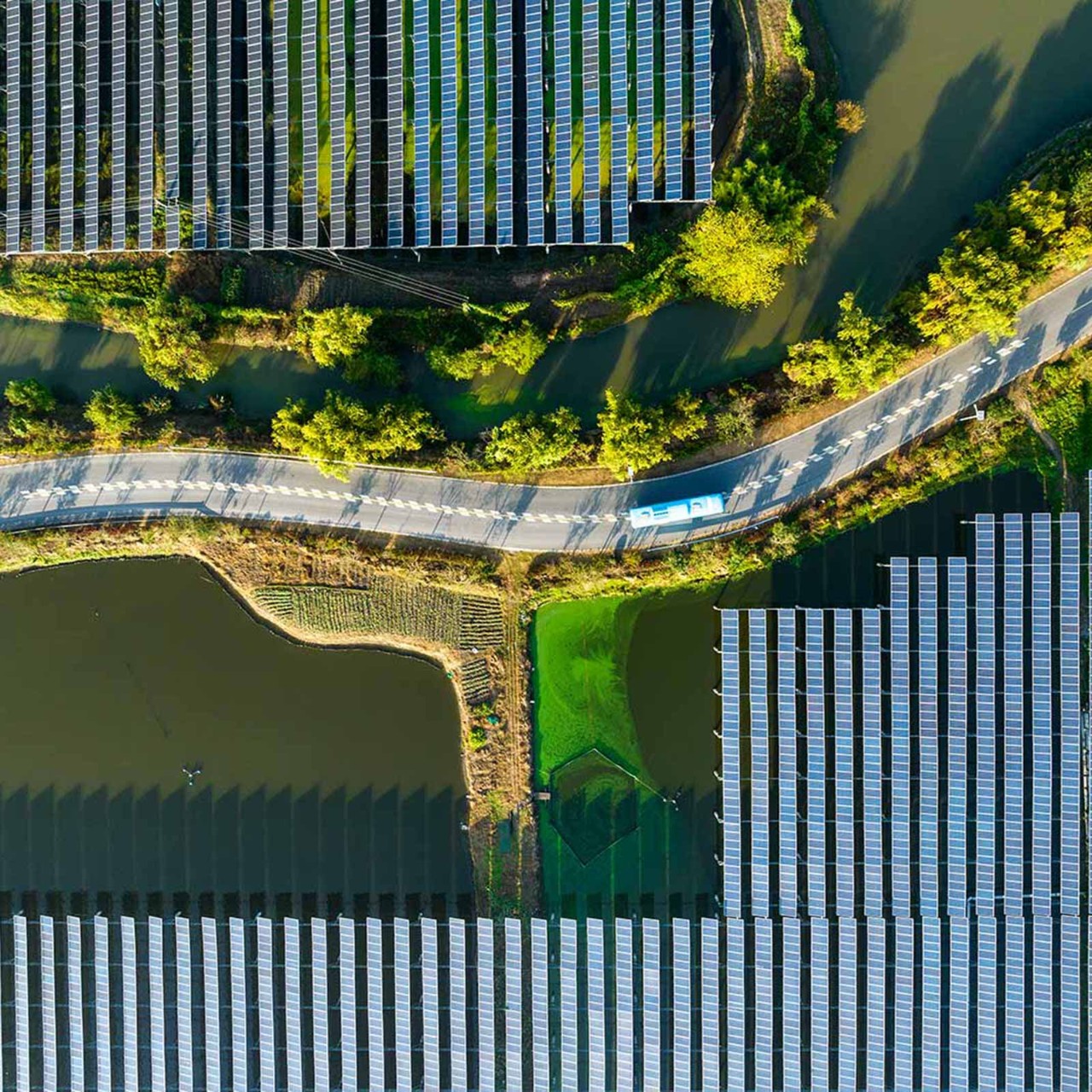
A high-profile art week in Hong Kong earlier this year put purchases and investment in this luxury sector in the spotlight, along with highlighting the bigger role the region’s buyers are playing as the number of ultra-high-net-worth individuals (UHNWI) in Asia grows.
‘Hong Kong demonstrated its uncontested position as the leading art market hub in Asia’
In March, as it started to move past restrictions related to Covid-19, Hong Kong sought to reposition itself as a cultural hub and held a variety of art-related events, centred around Art Basel, the largest art show in the Special Administrative Region (SAR) since 2019, with 177 leading galleries participating and 86,000 visitors attending over five days. Other events included Art Central, which welcomed 40,000 visitors, and the HKWalls street art festival.
‘Once again, Hong Kong demonstrated its uncontested position as the leading art market hub in Asia and its critical importance within the global trade,’ Art Basel CEO Noah Horowitz said in a press release that reported ‘brisk sales throughout the week and across all levels of the market’.
Hong Kong is not the only location to be enjoying a burgeoning art scene. Shanghai’s two flagship fairs, Art021 and the West Bund Art & Design Fair, are seeing a rise in new collectors interested in younger and more diverse artists. Meanwhile, further afield, Seoul Art Week is fast becoming a key fixture, with the Frieze Seoul fair as its linchpin.
Growing interest
Robust sales around Art Basel Hong Kong underscore a growing interest in art from across Asia, with an increasing number of wealthy individuals considering art as an alternative investment.
As of the end of June 2022 there were around 392,410 UHNWI in the world with a net worth above US$30m, according to Altrata’s World Ultra Wealth Report 2022. Of those, 29.6% were in Asia Pacific.
According to Alex Branczik, chairman of modern and contemporary art at Sotheby’s, in 2023 a third of the auction house’s art bidders in South-East Asia were brand new to the market while more than two-thirds of new bidders globally came from Asia.
Art has become an option as an alternative to more conventional investments such as equities
‘The growing interest in art comes along with the growing wealth in Asia,’ says Calvin Hui, who co-founded 3812 Gallery, which has spaces in Hong Kong and London. Art has become an option as an alternative to more conventional investments such as equities.
For Hui, the decision to invest in art came from seeing ‘the volatility and uncertainty of global financial markets’. In 2020, together with other collector friends, he launched an art investment fund. ‘Art investment can be diverse, but I tend to focus on 20th- and 21st-century contemporary art,’ says Hui, who in 2017 was appointed by Macau billionaire Pansy Ho as consultant and curator for the MGM Cotai Art Collection.
No fixed formula
Investing in art requires taking into consideration costs for insurance, logistics and storage, as well as premiums when selling works through auction houses. Tax is another consideration, which may be affected by where the transaction takes place and where the work will be kept.
With market knowledge, experience and connections, Hui is quick to study market trends but points out that there may not be a fixed formula for investing in art.
‘It is just like a conventional investment; you still need to do due diligence on the product and the market,’ says Hui. ‘With cashflow growing in Asia, trends change very rapidly, especially in the contemporary art arena. When we look into what to invest, the track records and development trends are important factors to consider.’
In terms of his own investment fund, Hui does not take a high-risk approach but instead looks for works with proven track records; risks might be higher for pieces whose value increases explosively and quickly. Importantly, says Hui, art should be considered as long-term investment.
‘The increase and the returns could be higher as time grows,’ Hui says. ‘The increment in the short term might not be explosive.’
Alternative investment
Accounting firms have spotted this growing business and have started offering auditing, consulting, risk and tax services in this area. ‘The unprecedented development of the art market over the past few years has resulted in the “financialisation” of the art market,’ according to Deloitte, which, since 2011, has published its annual Art & Finance report.
In its most recent report in 2021, the authors stated that ‘most wealth managers accept and understand the importance of art as a strategic component of their holistic wealth management service offering,’ which allows them to address ‘the personal, emotional and financial concerns around art and collectible wealth.’
Art investment in Asia has been on an upward trajectory for many years and has put China among the top markets for sales. A report by Art Basel and UBS The Art Market 2023 ranks China, one of the three largest art markets in the world, as third behind the US and UK. A stall in activity in 2022, as major auctions and fairs were curtailed or cancelled in the autumn season due to restrictions, saw sales of US$11.2 bn at their lowest level since 2009.
That’s about to change. After a hiatus, Art Basel’s resounding success in Hong Kong is likely to herald a revival of the SAR’s art scene bringing Asia’s collectors and galleries back into play.




